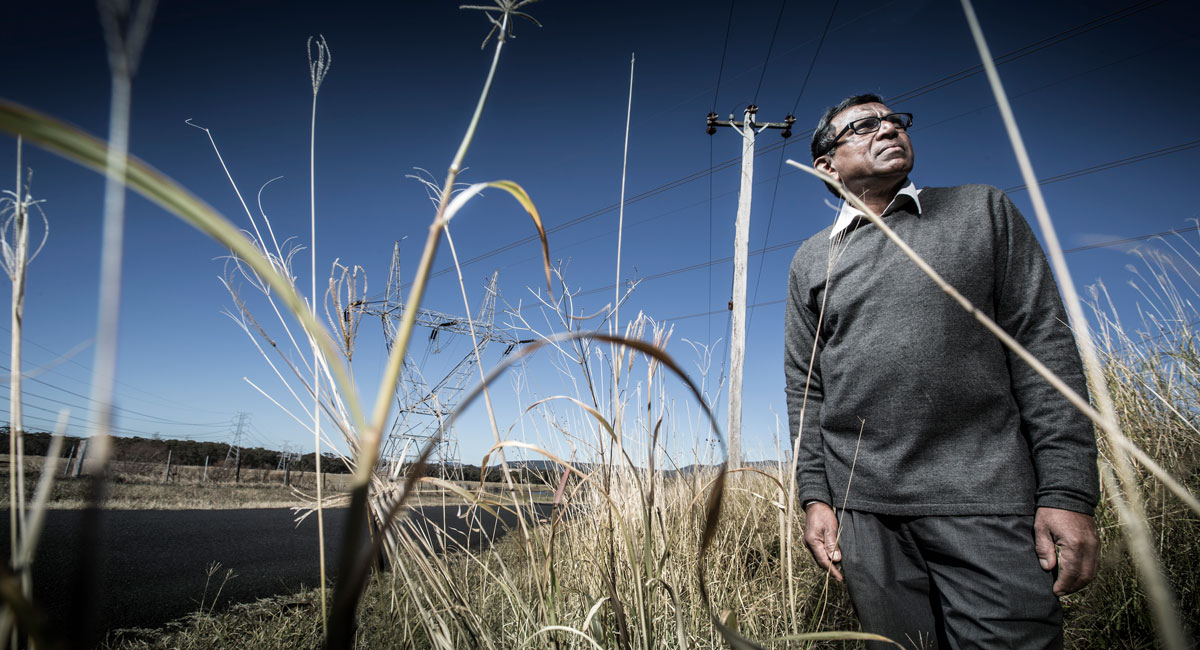August 8, 2017
Electricity transmission System workshop addresses power quality issues
Researchers and electricity industry experts meet to address technical challenges arising from connecting large-scale renewable generation systems to transmission and distribution networks.
Electricity distribution network service providers are being stretched to their technical limits assessing and ultimately connecting large renewable energy generating systems, such as wind and solar, to parts of their networks that have not been previously designed for such connections and where it was never envisaged that such generating systems would be connected.
The workshop, hosted by the University of Wollongong’s (UOW) Australian Power Quality and Reliability Centre (APQRC), brings together experts from power transmission and distribution industries around the country to explore issues related to power quality and to plan a framework for further work aimed at overcoming these issues.
The workshop will be led by Emeritus Professor Vic Gosbell and Professor Sarath Perera, both of whom are international experts in power quality.
They have developed methods and written industry guidelines that represent best practice in this area for low and medium voltage networks.
This experience and expertise is now being brought to bear on the challenge of integrating large-scale renewable energy into transmission networks.
Professor Perera said that for all connections of large customers and generators to the grid, the network operator is required to provide an emission allocation for power quality (PQ) disturbances, specifically, harmonics, flicker and voltage fluctuations and unbalance.
“This is to ensure that network quality of supply can be maintained at acceptable levels,” he said.
“In some cases, literally hundreds of applications are being received for connection of large generation systems to remote parts of distribution and transmission networks.
“Some distribution network service providers have limited experience with large generator connections, given such generation was connected to transmission level voltages in the past where the responsibility for connection rested with the transmission network operator.”
Professor Perera said that even if the limitations of the networks are overcome, application of the National Electricity Rules (NER) with all of its intricacies is proving challenging.
“Several challenges arise with respect to provision of allocation of PQ emission limits to renewable energy generators.
"The first challenge is that allocation methodologies are not well developed for the high voltage meshed networks where many of the generators are being connected,” he said.
“The Australian standards for allocation of PQ emissions remain in the form of technical reports as opposed to normative standards and can be difficult to apply to relatively straightforward radial networks let alone the complex meshed sub-transmission networks where many connections are proposed.
“The second challenge is that PQ levels may already be approaching acceptable limits in many networks.
"There is no well-defined methodology with regard to how additional generation, which increases network capacity, may be connected in this situation.”
The workshop is the first step along the road to developing methodologies for solving some of the issues that are being encountered with respect to quality of supply when connecting large renewable energy generators.
